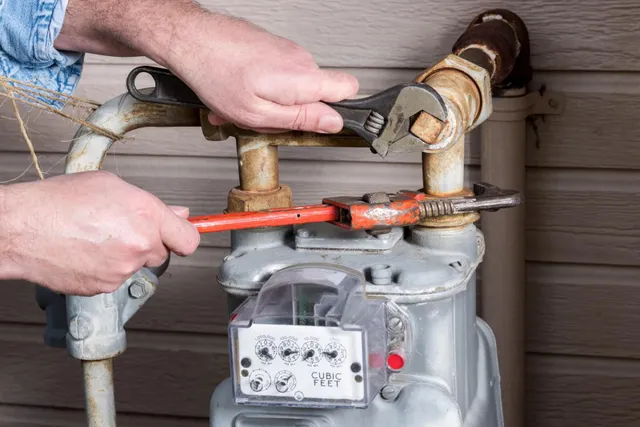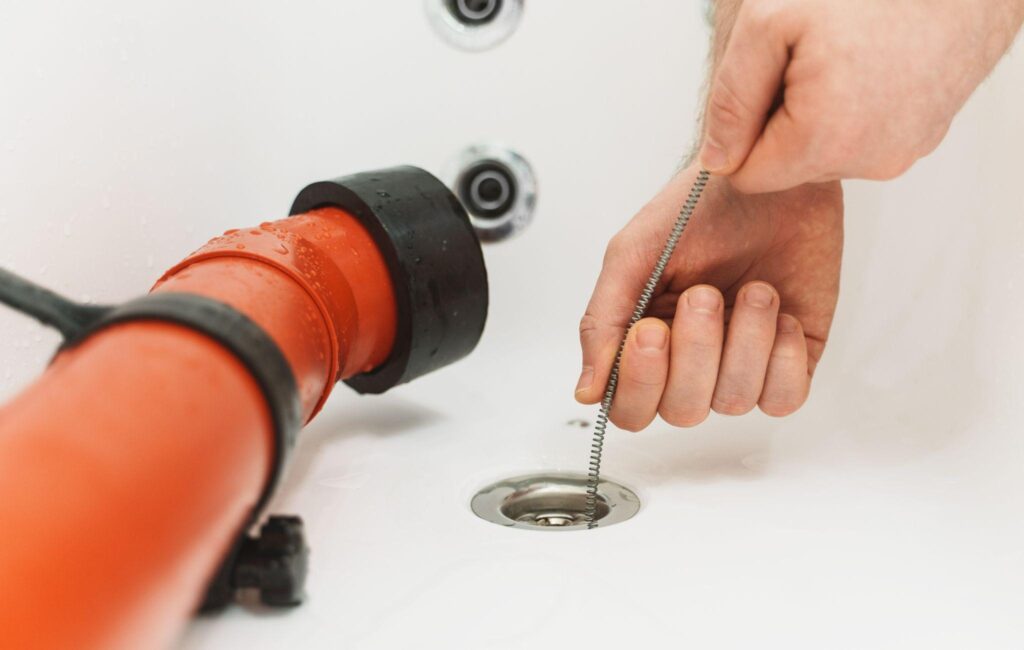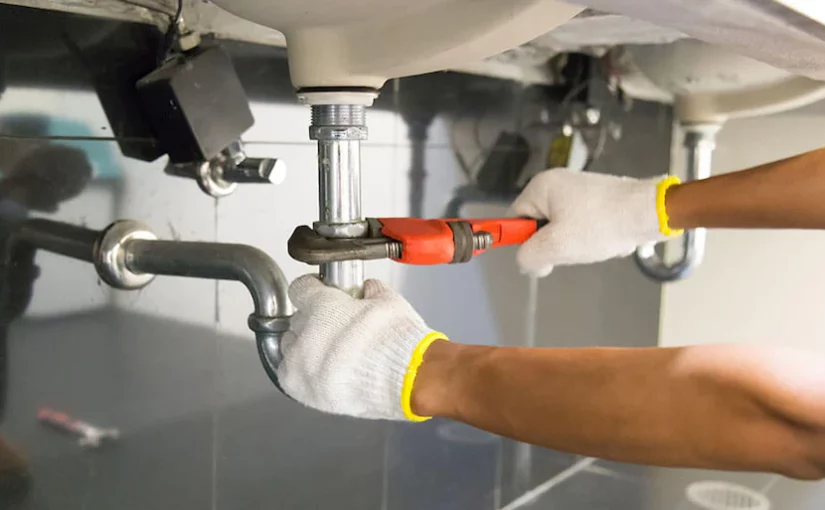Gas piping installations involve the safe and efficient installation of gas lines to supply natural gas or propane to appliances such as stoves, water heaters, furnaces, and fireplaces. Here’s an overview of the process and considerations for gas piping installations:
- Assessment and Planning:
- Before starting the installation, assess the needs of the property and determine the locations of gas-powered appliances. Plan the routing of the gas lines to ensure efficient distribution and compliance with local building codes and regulations.
- Safety Precautions:
- Gas piping installations require strict adherence to safety protocols to prevent leaks and hazards. Ensure that all work is performed by licensed professionals who are trained in gas line installation and familiar with local safety regulations.
- Material Selection:
- Select appropriate materials for the gas piping, typically black steel, stainless steel, or flexible copper or CSST (corrugated stainless steel tubing). The choice of material depends on factors such as gas pressure, environmental conditions, and local code requirements.
- Sizing and Capacity:
- Determine the proper sizing and capacity of the gas lines based on the anticipated gas load and the distance to each appliance. Oversized or undersized pipes can lead to inefficiencies and safety hazards. Consult with a qualified professional to calculate the correct pipe size.
- Routing and Installation:
- Plan the routing of the gas lines to minimize bends and obstructions. Install the pipes following the approved design, ensuring proper support and clearance from other utilities. Use appropriate fittings, valves, and connectors to ensure leak-free connections.
- Pressure Testing:
- After installation, perform a pressure test to verify the integrity of the gas lines and connections. Pressurize the system with an inert gas (such as nitrogen) and monitor for any pressure drop, which could indicate leaks. Conduct the pressure test in accordance with local code requirements.
- Permitting and Inspection:
- Obtain any necessary permits for the gas piping installation and schedule inspections as required by local building authorities. Inspections typically verify compliance with code requirements and ensure proper installation practices.
- Connection to Appliances:
- Once the gas lines are installed and tested, connect them to the gas appliances using approved connectors and fittings. Ensure that all connections are secure and leak-free, and follow manufacturer instructions for appliance installation.
- Final Verification:
- Before commissioning the gas system, verify that all connections are properly tightened, valves are in the correct position, and appliances are installed according to manufacturer specifications. Test each appliance to ensure proper operation.
- Educate Homeowners:
- Provide homeowners with information on gas safety practices, including how to detect and respond to gas leaks, how to shut off the gas supply in an emergency, and the importance of regular maintenance and inspection of gas appliances.
Gas piping installations should only be performed by qualified professionals with experience in gas line installation and safety procedures. Hiring a licensed contractor ensures compliance with local regulations and industry best practices, reducing the risk of accidents and ensuring the safety of occupants.



